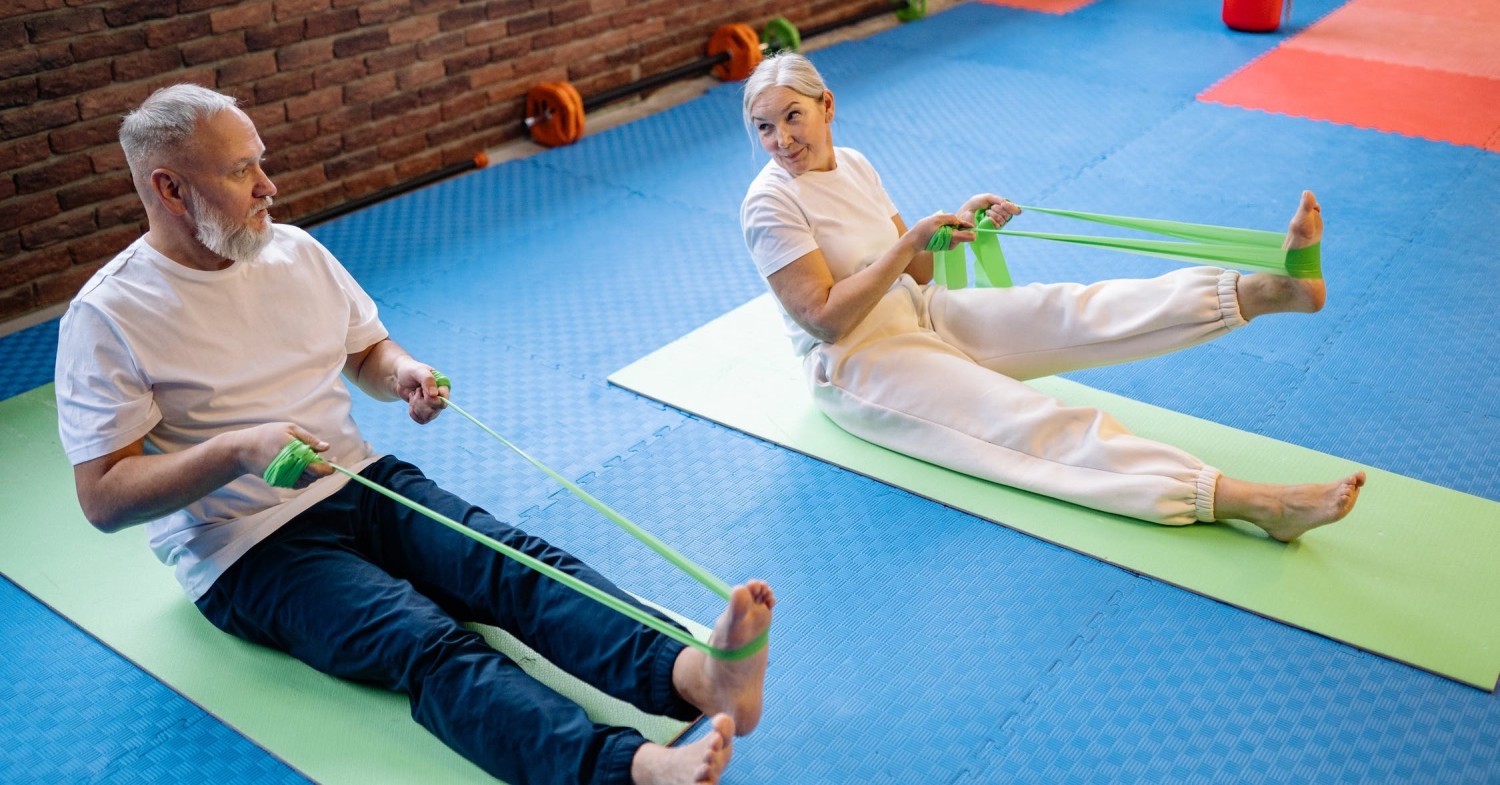
How Much Does a Doctor of Occupational Therapy Make?
In the occupational therapy field, a doctorate can open doors [...]

Many parents assume — understandably — that a physical therapist only works with individuals who have issues with movement or mobility.
They are often surprised to learn that a child with a language-based learning disability or behavioral learning disability, such as autism spectrum disorder, may also be recommended for physical therapy. And yet, given the structure of our brains — with the motor cortex and language centers in such proximity — it is likely that individuals with language- and behavioral-based learning disabilities will benefit from working with a PT as much as those with gross motor challenges.
As of 2015, the educational requirements for physical therapists have been enhanced. All students who are newly enrolled in an accredited PT program will receive a Doctorate of Physical Therapy (DPT) at the successful completion of their training. As the professional field makes this transition to requiring terminal degrees, current PTs who hold a master’s- or bachelor’s-level credential and licensure may obtain a “transitional” Doctorate of Physical Therapy, or post-professional, degree by completing additional coursework, online or on a campus, as well as a doctoral project. These programs will fill in content gaps that may have arisen since PT specialists were enrolled in their original degree programs, and may be tailored to learners’ knowledge and experience. The APTA offers an assessment tool that candidates can use to demonstrate their understanding of current best practices and identify subject areas requiring further educational exploration.
It should be noted that licensed PTs are not required to seek a transitional DPT; moreover, the salary and employment benefits of this additional degree have yet to be established, as it has just been enacted. For practicing PTs, the number of years of experience seems to have a more significant impact on salary than does the degree of the practitioner.
For new DPT students, the educational pathway is a three-year program (including summers) that covers coursework in anatomy, physiology, and the neurology of motor movements and muscles. All DPTs must also pass a national certification examination, known as the National Physical Therapy Examination, which is one of the necessary steps to earning their licensure. Individual states also have their own requirements; you can learn more about these by visiting your state’s website.
There is an alternative professional physical therapy track, known as Physical Therapist Assistants (PTAs). These practitioners must complete a two-year college program in physical therapy training, as well as pass a national certification exam to practice in the field. Similar to the supervisory structure for assistants who serve in other healthcare fields, the work of PTAs must be overseen by a fully licensed and credentialed Physical Therapist.
Those with a doctorate in physical therapy can append “DPT” to their professional signatures. Similarly, PTs who are already in practice and have completed postgraduate coursework to meet the requirements for the transitional Doctorate of Physical Therapy degree are eligible to add “t-DPT” to their professional signatures. Some providers who also have advanced clinical science degrees (which may include DSc or DScPT) will include these degree designations in their titles, as well.
Physical therapists help children and adults to strengthen their muscles and improve movements. This work can include aiding individuals after injuries, as well as supporting those with lifelong motor-coordination difficulties related to conditions like cerebral palsy, Down’s syndrome, autism spectrum disorders, or gross motor dyspraxia.
Physical therapists are trained to work on balance, muscle strengthening, and the development of ideal positioning for individuals with physical or motoric difficulties. Positioning is especially important for children to ensure that their muscles and bones develop symmetrically and proportionally. For example, a PT will work with a child to sit in a symmetrical way or to vary the side she leans on when she sits. They may work with students during recess or gym classes; they may also work with students on functional skills, such as climbing stairs, outside the classroom.
In addition, PTs may help children with autism spectrum disorders with establishing their daily routines, stabilizing their posture and developing enhanced motor coordination, and potentially even cultivating reciprocal play skills (which may include motor imitation games, such as “Head, Shoulders, Knees, and Toes” or “Simon Says”).
Many physical therapy training programs focus on adult PT, so if you have a choice, look for a provider who has a specialty in pediatrics, or at least significant experience working with children. School- or district-based physical therapists are likely to have trained in pediatric physical therapy, and if your child requires PT services, her school or district will provide these supports free of charge, whether she currently attends public or private school.
PTs also work at clinics and in private practices, so families have the option of hiring a provider independently, either in lieu of or in addition to availing themselves of school-based services. Some health insurance plans even provide reimbursement for physical therapy services. This may alleviate the cost associated with seeking private supports.
Your child’s PT will be working closely with her to ensure her ongoing development. As you get to know this specialist, consider asking these three key questions:
Your child may also work with other specialists beyond her PT. Find out more about the other members of your child’s support team by reading these comprehensive articles:
Questions or feedback? Email editor@noodle.com

In the occupational therapy field, a doctorate can open doors [...]

Neuro-optometrists use neurology and optometry to understand vision and its [...]

Occupational therapy originated as a mental health discipline. Today, mental [...]

Occupational therapy theories are informed by conceptual models and frames [...]

Occupational therapists can use yoga poses in their occupational therapy [...]
Categorized as: Physical Therapy, Nursing & Healthcare